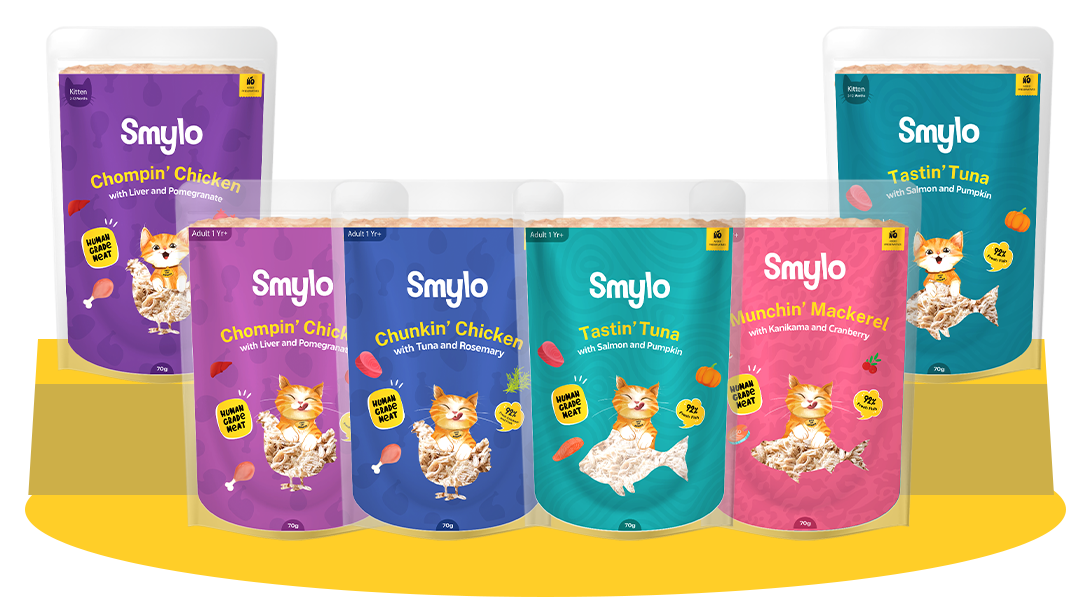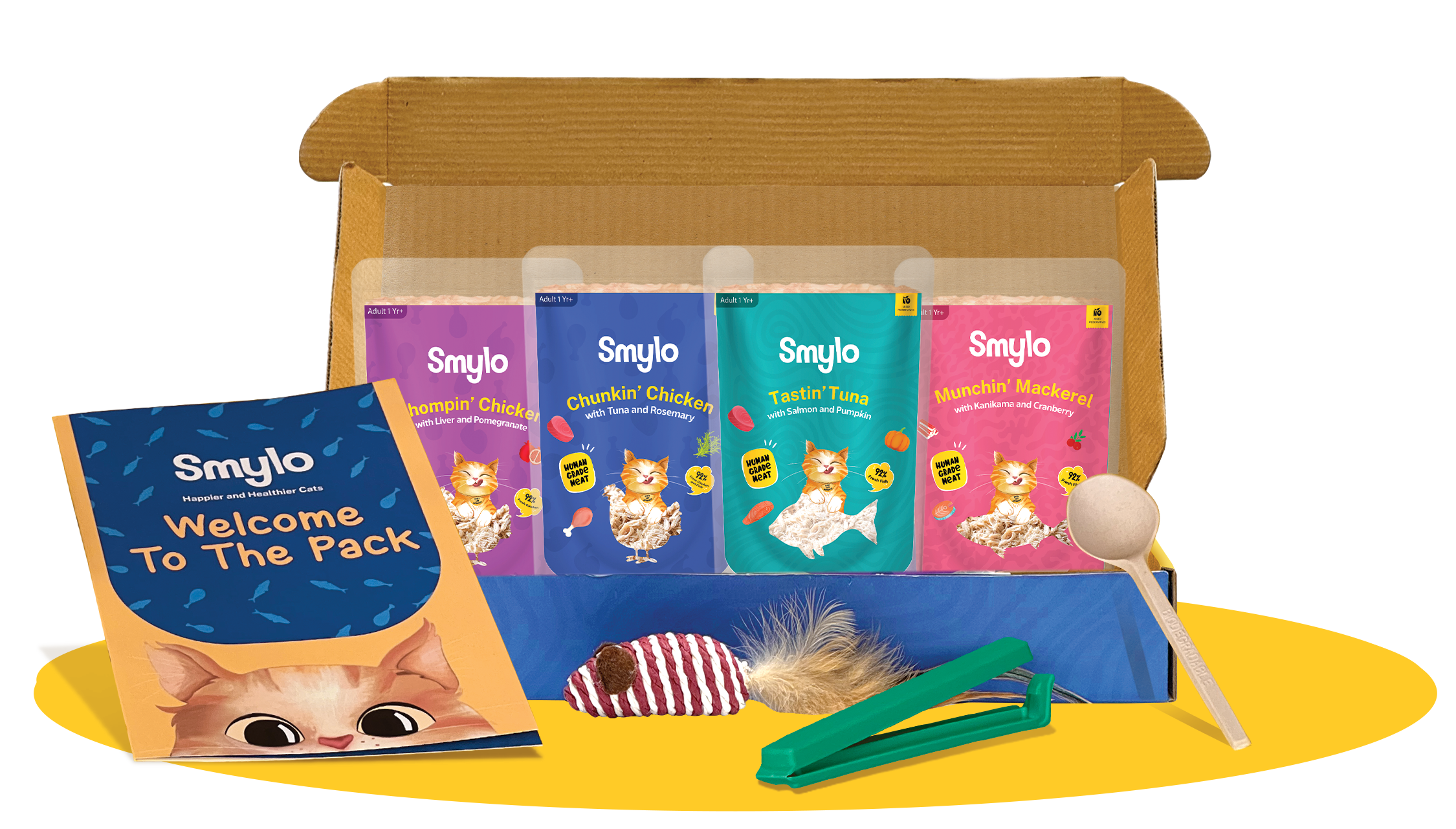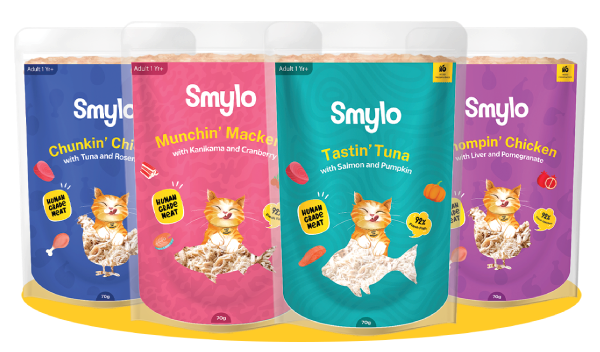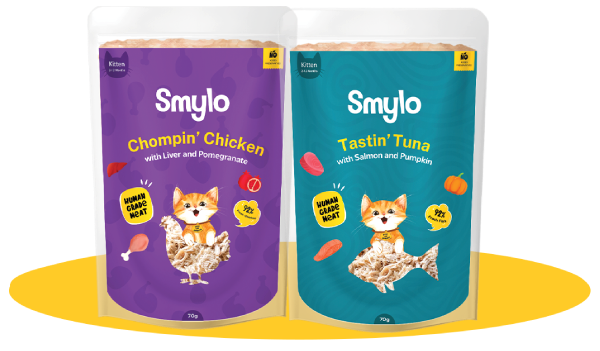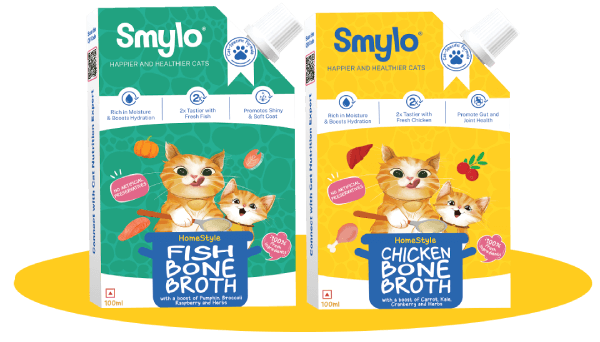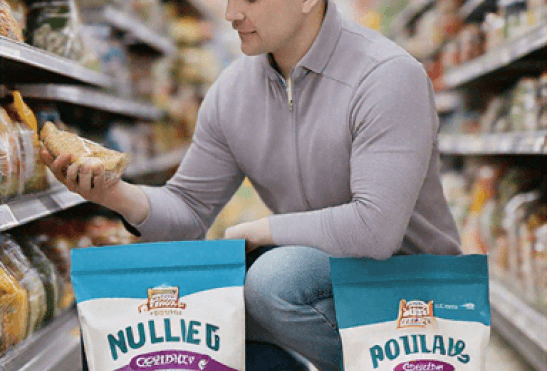Both dry and wet cat foods have their own benefits and drawbacks. The best choice is a combination of both and also often depends on your cat’s specific needs and preferences.
Dry Food (Kibble)
| Pros | Cons |
|
|
|
|
|
|
Wet Food (Canned)
| Pros | Cons |
|
|
|
|
|
|
Combination Feeding
Many cat owners opt for a combination of both dry and wet food to balance the benefits. This approach can provide variety, ensure hydration, and help with dental health. The good thing about combination feeding is also that it provides a difference in textures to the cat which can make meal time more appealing for finicky cats. It can also increase their curiosity and make meal time more enriching for the cat, which has positive effects on their mental health.
Key Considerations
- Health Needs: Cats with urinary issues, kidney problems, or diabetes may benefit from the higher moisture content of wet food (Zoran, 2002).
- Palatability: If a cat is a picky eater, wet food might be more appealing (Buffington 2008).
Smylo ensures both hydration and palatable food by formulating fantastic wet cat food in conjunction with veterinarians and doing palatability testing with various cats to fine tune the food to its ideal version. Ultimately, some things to keep in mind are:
Feeding only dry food can cause dehydration in cats long term, and due to the high heat process that dry food undergoes during production, the nutritional value in dry food is reduced as well (Zoran, 2002). However dry food also has certain benefits; a well-formulated dry food recipe with the appropriate texture can also benefit dental health by mechanically removing plaque.
On the other hand, wet food is beneficial in terms of high protein and moisture content, but also is more cumbersome to feed and expensive. Therefore either feeding a combination of wet food and dry food will prove to be beneficial, or solely wet food as it provides the level of moisture needed to maintain cats’ hydration levels and can be more appealing for cats as well (Zoran, 2002).
Note: Please consult your vet before making any major diet changes.
References
- Buffington, C. A. T. (2008). Dry foods and risk of disease in cats. Journal of Feline Medicine and Surgery, 10(2), 110-119.
- Zoran, D. L. (2002). The carnivore connection to nutrition in cats. Journal of the American Veterinary Medical Association, 221(11), 1559-1567.
 Someone viewed Adult Starter Box (Pack of 8) 13 mins ago
Someone viewed Adult Starter Box (Pack of 8) 13 mins ago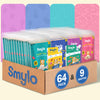 Someone viewed Smylo BYOB - Pack of 64 Food with 9 Broths 18 mins ago
Someone viewed Smylo BYOB - Pack of 64 Food with 9 Broths 18 mins ago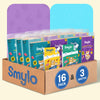 Someone purchased Smylo BYOB - Pack of 16 Food with 3 Broths 12 mins ago
Someone purchased Smylo BYOB - Pack of 16 Food with 3 Broths 12 mins ago Someone viewed Smylo Gift card 9 mins ago
Someone viewed Smylo Gift card 9 mins ago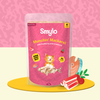 Someone viewed Munchin’ Mackerel with Kanikama & Cranberry (Adult) 11 mins ago
Someone viewed Munchin’ Mackerel with Kanikama & Cranberry (Adult) 11 mins ago

